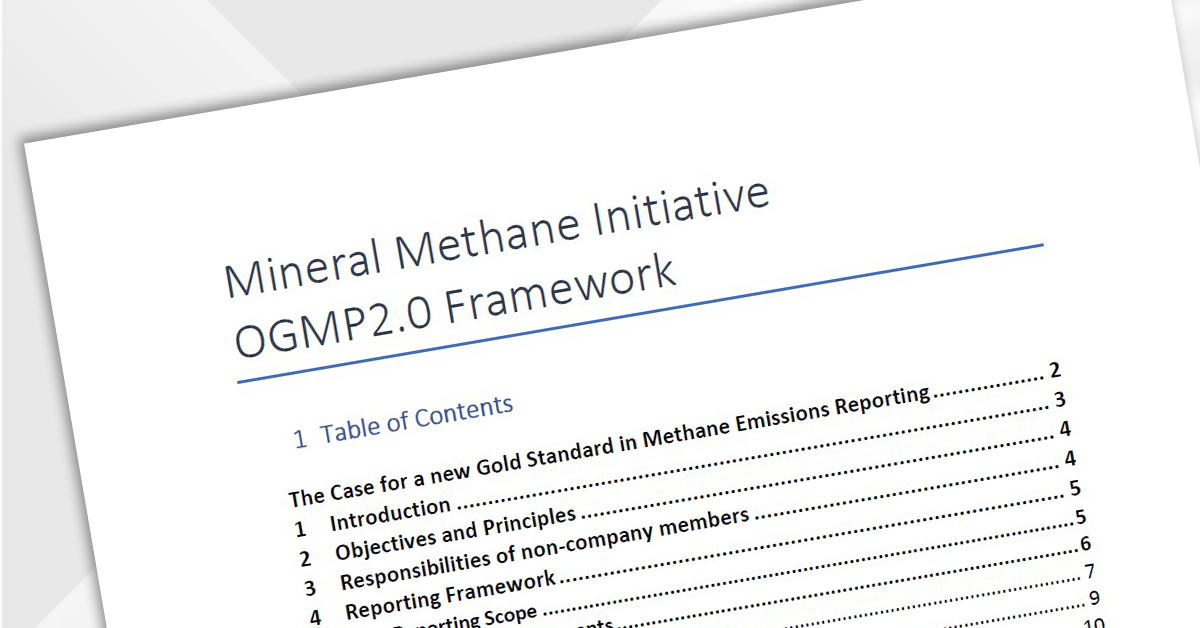
The OGMP indicates 184 tons CO2 equivalent per valve per year for valves in onshore natural gas and compressor plants. Multiplied with the amount of valves on a plant, such amounts of methane emissions have serious impact on the climate.
The above figures are in line with emission factors indicated by the EPA in the USA. The Climate and Clean Air Coalition (CCAC) and the Oil and Gas Methane Partnership (OGMP) have published a technical guidance document regarding equipment leakage. Guidance on Emission Factors for different types of equipment in Oil and Gas plants is given, this includes control valves onshore natural gas and compressor stations.
In the document different factors are indicated such as generic data, data after implementation of a Directed Inspection and Maintenance program (D&IM), data after measurements as per EPA21 method or data where an Optical Gas Imaging (OGI) method is used.
Only after implementation of a D&IM program 18 tons CO2eq can be used as Emission Factor which of course positively affects your Scope 1 GHG protocol contribution.
When OGI is used to measure leakage the Emission Factor indicates zero leakage is still 0,18 tons CO2eq per year per valve. Basically the guidance document shows that even the in-situ leakage of stem seal packings is a considerable amount.
So, stem seal leakage is quantifiable in various scenarios and required for methane reporting. In all cases, avoiding stem seal leakage completely would help you achieve net-zero!
Contact Mokveld how we can help you with your methane-reducing challenges.